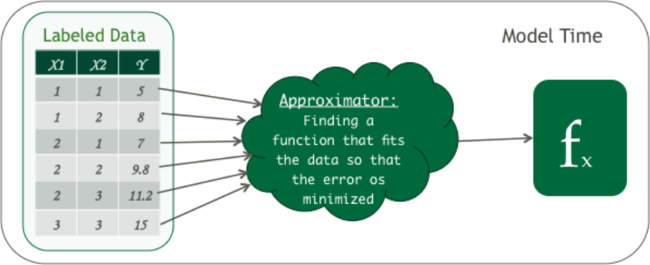Nothing kills a bad product faster than good marketing – Well, So when is it appropriate to spend on marketing?
Every product would essentially have fans (hopefully many), critics (as small as possible) and few fence sitters. It is important to understand the potential of your product and you can do this by defining a coefficient using your fans and critics.
Percentage of fans from total users - Percentage of critics from total users would be your product potential and if your product potential is a magnitude greater than your competitors, then you are on to something, and that is when you can spend that hard earned $ of yours on marketing.
The product potential coefficient varies for different industries. For example, the product potential coefficient for insurance as an industry would generally be negative. Critics are more than fans. In such cases products having the worst scores are benchmarked.
We at Instinct Innovations have spent considerable amount of time working on our customers to...
